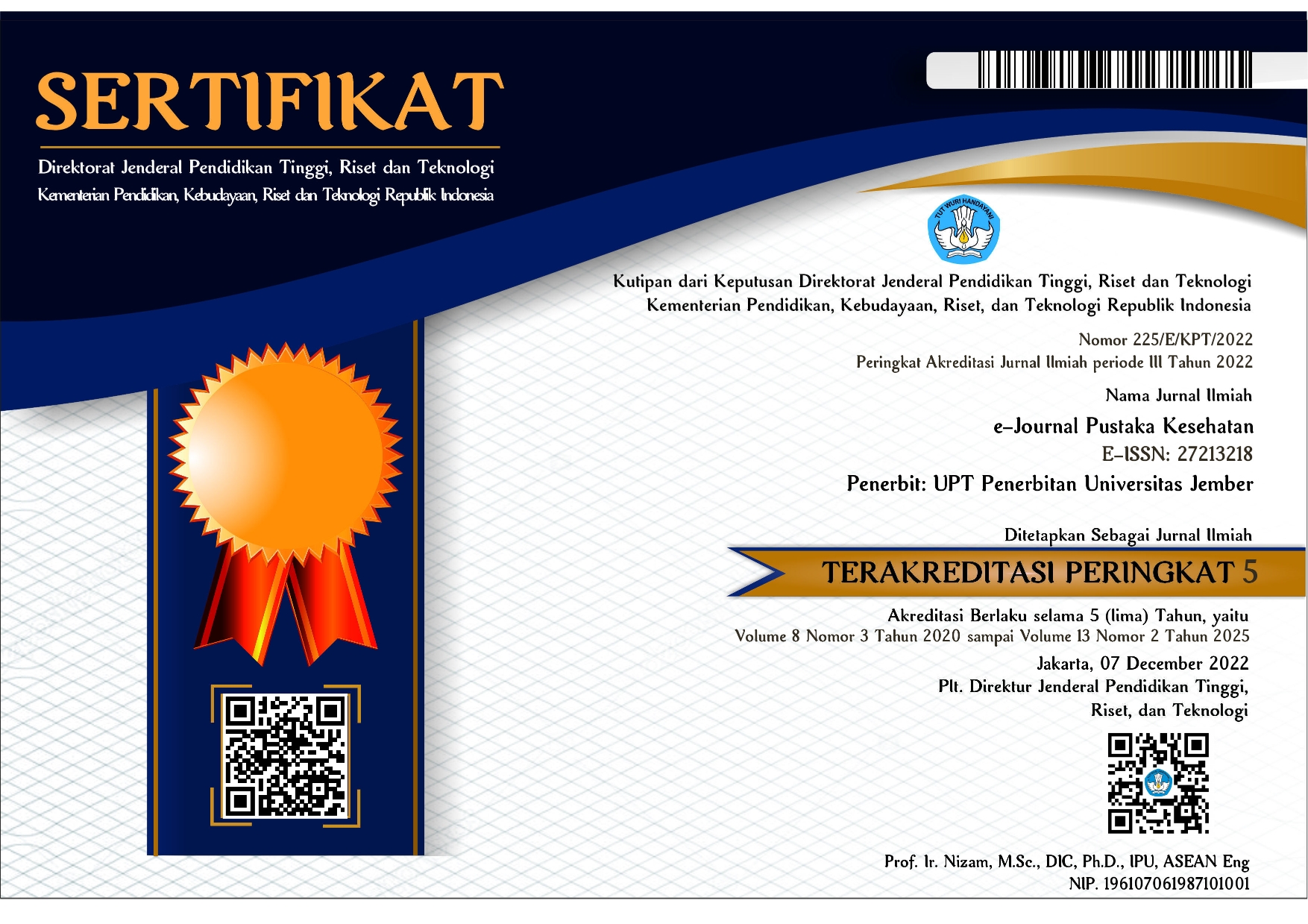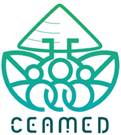Deformasi Plastis Nilon Termoplastik Setelah Direndam Dalam Ekstrak Biji Kopi Robusta (Plastic Deformation of Thermoplastic Nylon After Immersed In Robusta Coffee Bean Extract)
Abstract
Nylon thermoplastic has started being used as a denture base material because it is made of a flexible material that is not easily broken and good aesthetics. However Valplast has the disadvantage that easily absorbs water so as to affect the strength of the material that may result in changes in the form of the so-called plastic deformation. Robusta coffee bean extract is a herbal ingredients that can be used as a denture cleanser, chlorogenic acid contained in robusta coffee bean extract can supposedly break the chains of thermoplastic polyamide nylon. This aims of this study determine the effect of robusta coffee bean extract of the plastic deformation of thermoplastic nylon. This research is to design laboratory experimental post -test only control group design. The sample size of 64x10x2,5 mm totaling 24 samples. Samples were divided into 6 groups immersed in robusta coffee bean extract, sodium perborate and sterile distilled water for 4 days and 19 days. Plastic deformation of thermoplastic nylon plate was measured by using a Universal Testing Machine, by way of test equipment built at the sample with a second buffer distance of 50 mm, then the machine is switched on and the weight will drop right tools in the middle of the plate. One Way Annova test results showed that there were 0,000 significant difference between each group (p<0.05). The conclusion of this study is there are significant between the thermoplastic nylon plates after immersion with robusta coffee bean extract to deformation plastic.
Keywords : Plastic deformation, robusta coffee been extract, thermoplastic nylon.
Downloads
Downloads
Published
Issue
Section
License
e-Journal Pustaka Kesehatan has CC-BY-SA or an equivalent license as the optimal license for the publication, distribution, use, and reuse of scholarly work. Authors who publish with this journal retain copyright and grant the journal right of first publication with the work simultaneously licensed under a Creative Commons Attribution-ShareAlike 4.0 International License that allows others to share the work with an acknowledgment of the work's authorship and initial publication in this journal.







